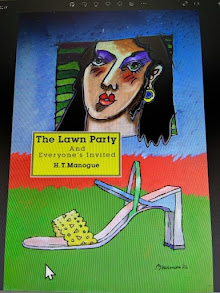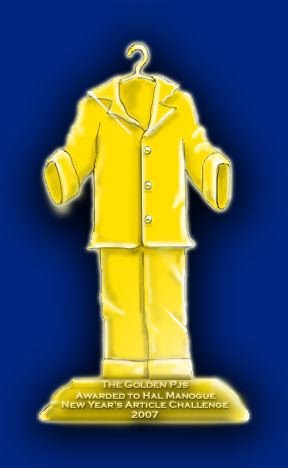In song and dance man expresses himself as a member of a higher community; he has forgotten how to walk and speak and is on the way toward flying, dancing into the air. His very gestures are of enchantment... He feels himself to be a god, going about in ecstasy, exalted, like the gods beheld in his dreams... He is no longer an artist; he has become a work of art. In a paroxysm of intoxication the creative power of all nature has come to light in him at the highest rapture of the one that is All. Nature, with its true voice undissembled cries out to us: "Be as I am! I, the primordial ever-creating mother amidst the ceaseless flux of appearances, ever impelling into existence, externally finding in these transformations satisfaction.
Friedrick Nietzsche, the 19th century German philosopher, gives us his thoughts about the nature of our conscious mind. Dancing is art in motion. Dancing is the paint, brush, and canvas for the music within us. Dancing gives us a means to release the emotions that fester in the ego. It gives us the opportunity to be as we are, and move through one dimension of time into another. We find comfort and freedom without restrains in each movement of our physical dance.
The ego dances with the conscious mind as we perceive reality, and we learn new steps in our expanding physical experience. The ego moves the lens of the conscious mind in tandem with our dance steps, and we sense the richness as well as the folly of our self-created tango of beliefs. When we swing the ego lens through our dimension of time, we suddenly realize of the instinctive knowledge and inner freedom we possess.
Looking through this lens we see another part of the conscious mind twisting with the music of creativity.










